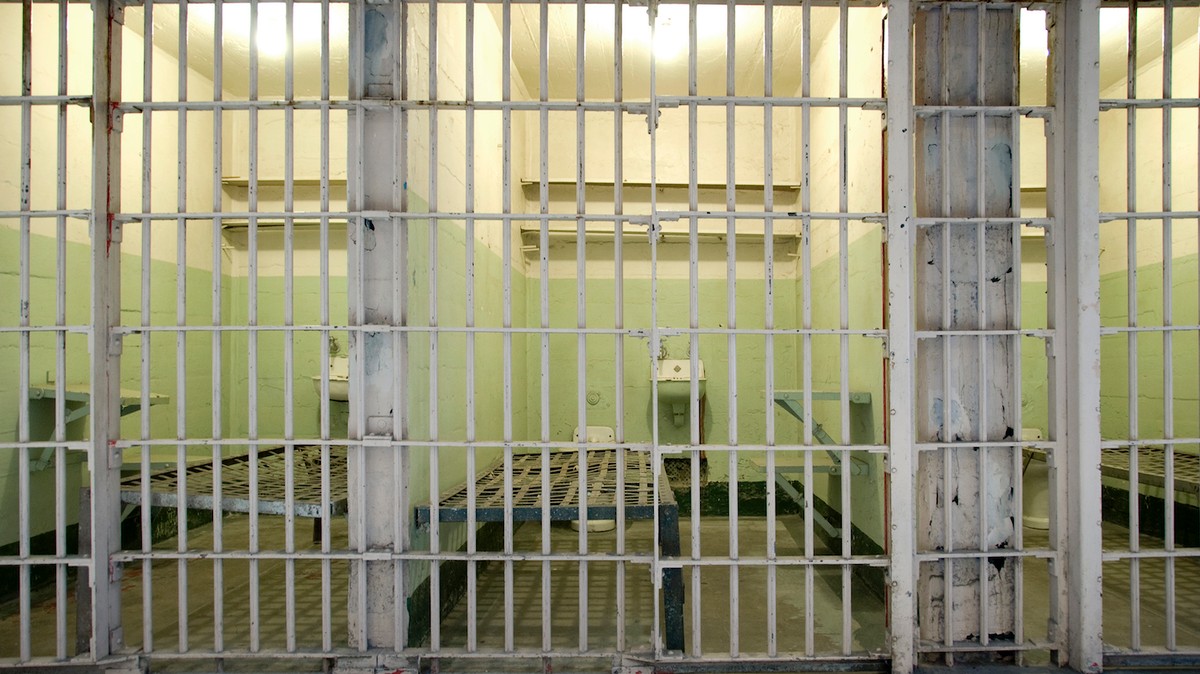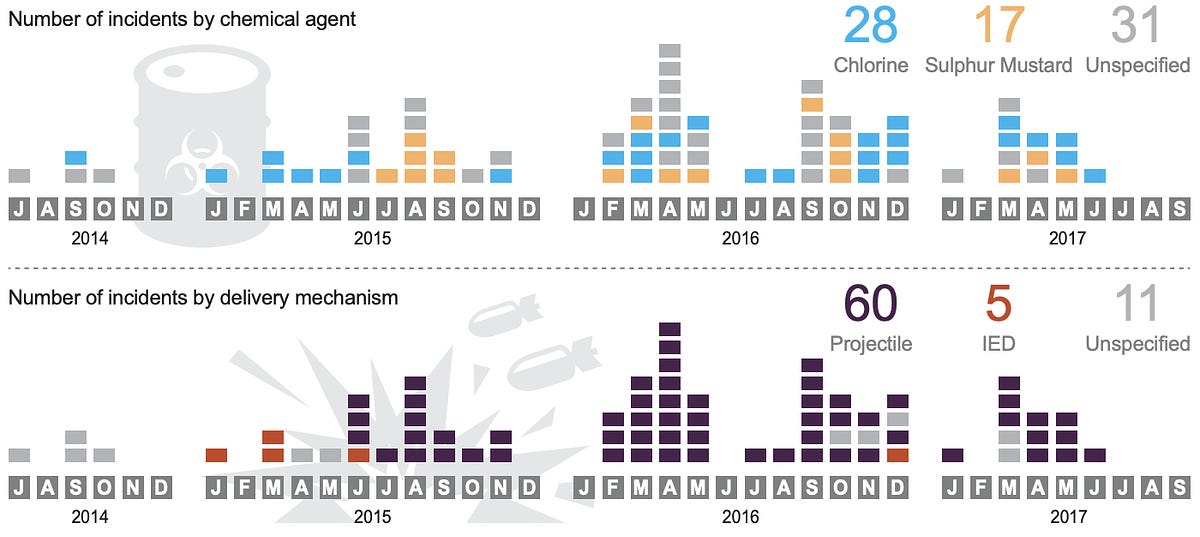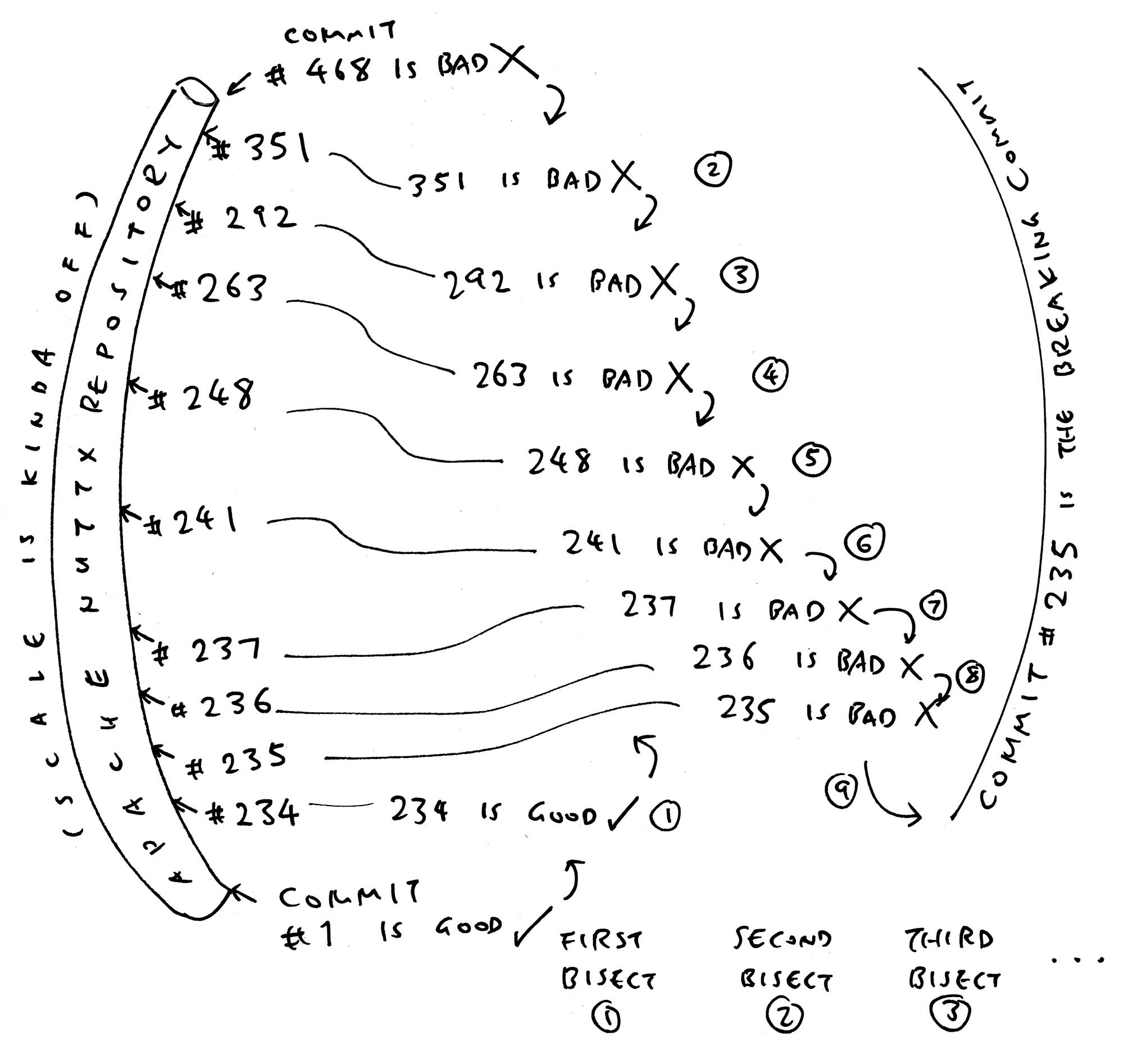
Tel Dan stele - Wikipedia
The Tel Dan Stele is a fragmentary stele containing an Aramaic inscription which dates to the 9th century BCE. It is the earliest known extra-biblical archaeological reference to the house of David.[ 1] [ 2] The stele was discovered in 1993 in Tel-Dan by Gila Cook, a member of an archaeological team led by Avraham Biran. Its pieces were used to construct an ancient stone wall that survived into modern times.[ 2] The stele contains several lines of ancient Hebrew. The surviving inscription details that an individual killed Jehoram, King of Israel-Samaria, the son of Ahab, and Ahaziah of Judah, a king of the house of David.[ 1] The stele is on display at the Israel Museum,[ 3] It is known as KAI 310.
These writings corroborate passages from the Hebrew Bible, as the Second Book of Kings mentions that Jehoram is the son of an Israelite king, Ahab, by his Phoenician wife Jezebel. The likely candidate for having erected the stele, according to the Hebrew Bible, is Hazael, king of Aram-Damascus, whose language would have been Old Aramaic. He is mentioned in 2 Kings 12:17–18 as having conquered Israel-Samaria but not Jerusalem:
Leave a Comment
Related Posts






















